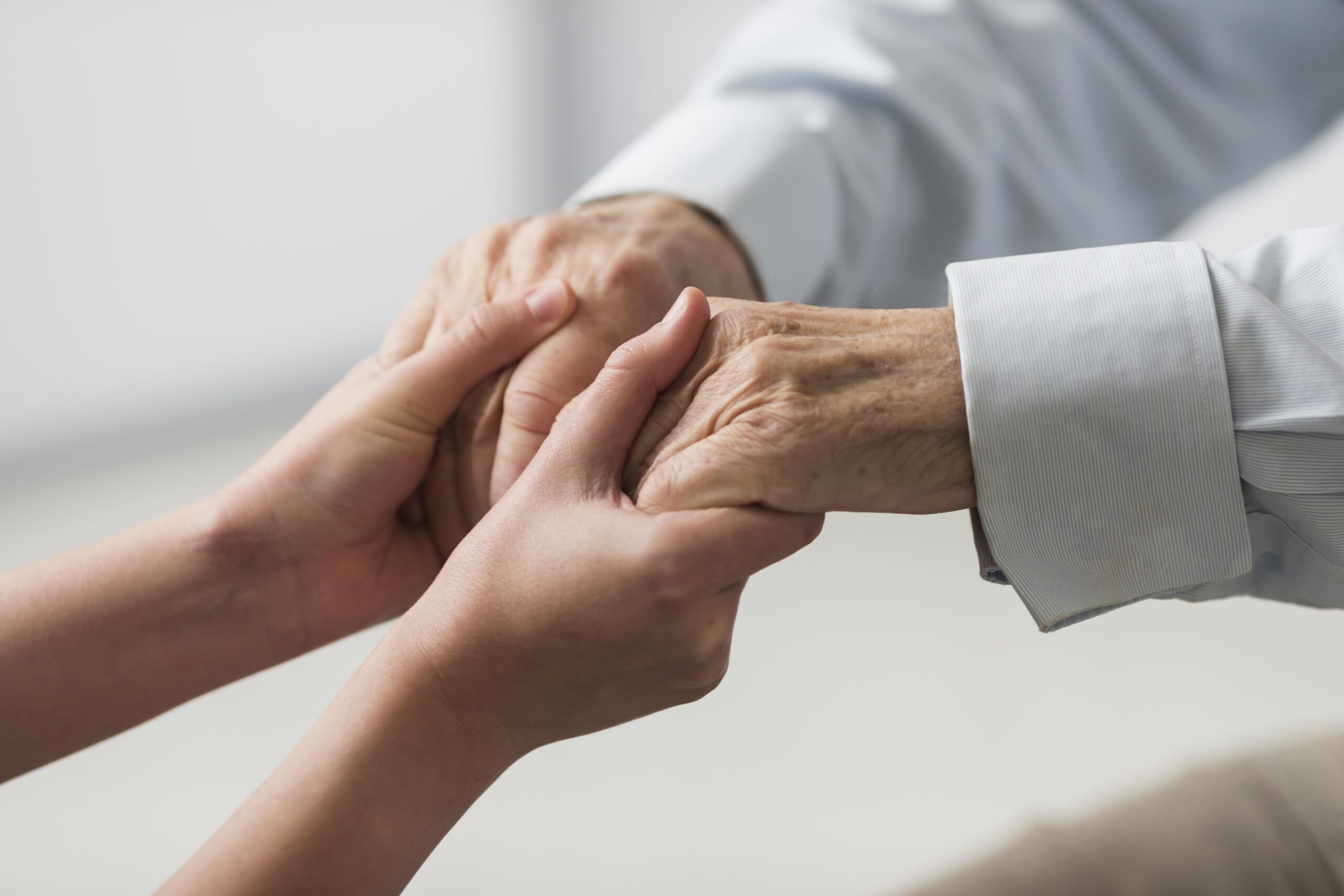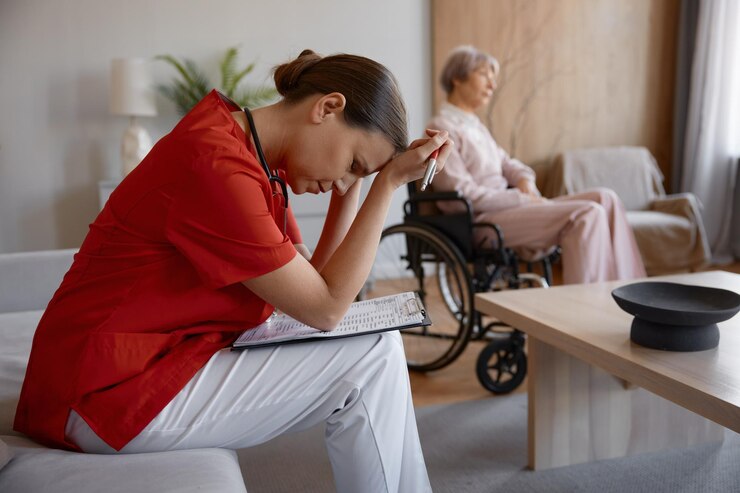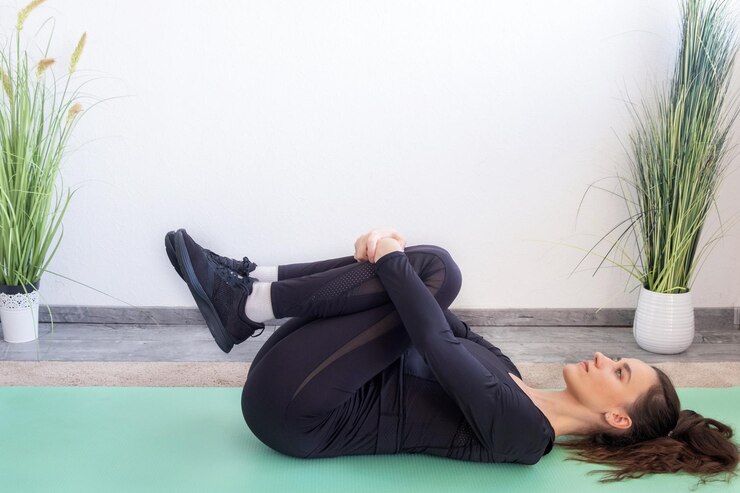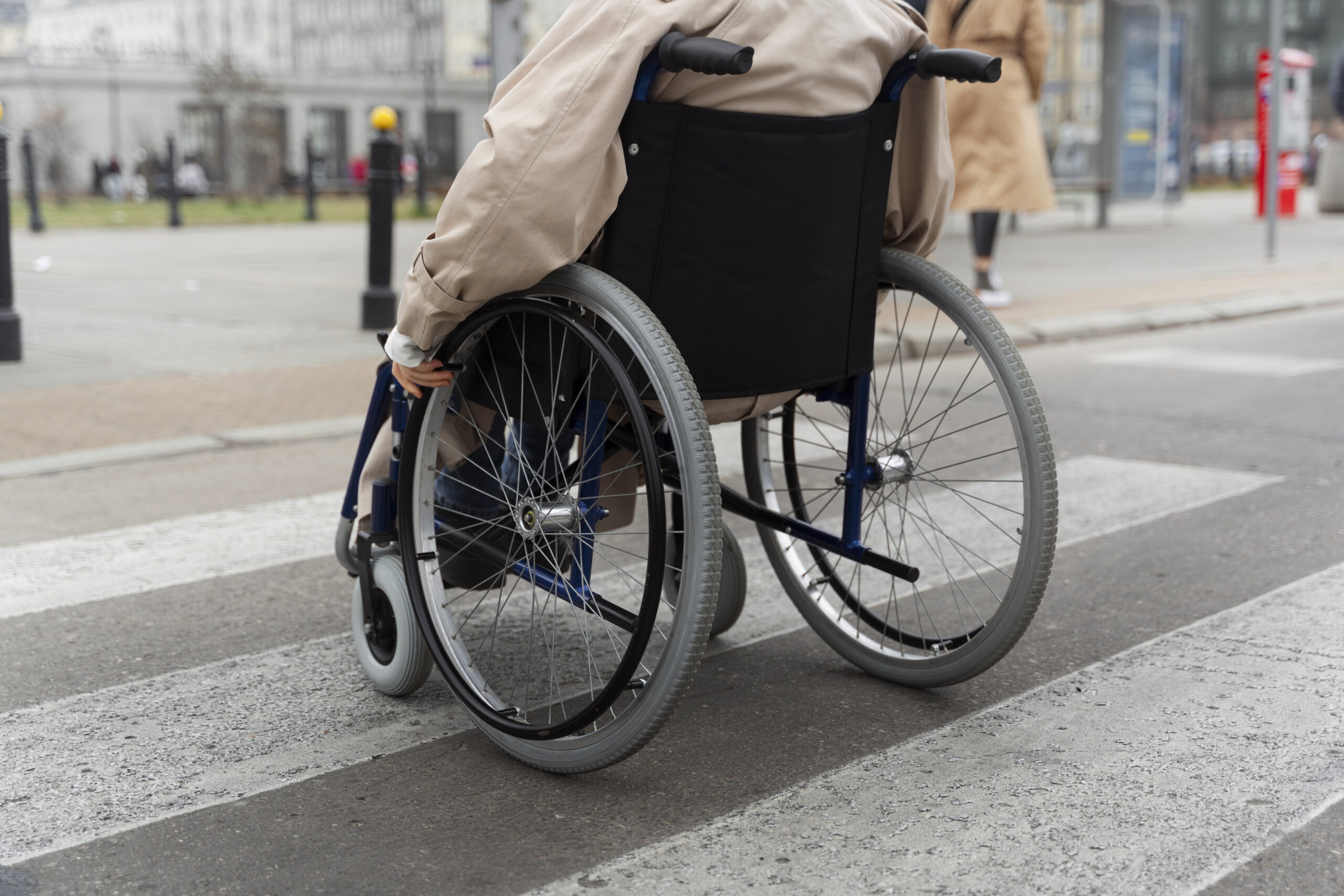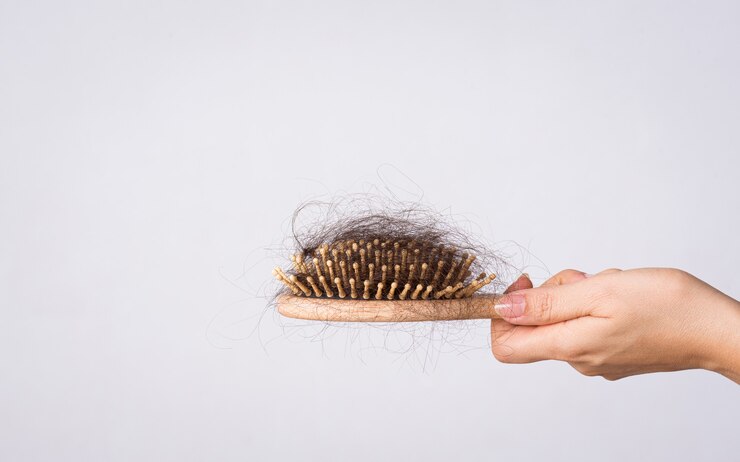
Hair loss in women is a common yet distressing condition that can occur at any age due to hormonal changes, stress, or aging. Understanding the root causes and available solutions is key to maintaining healthy hair. Let’s explore the common causes of hair loss, age-specific concerns, effective treatment options, and preventative measures. Whether you’re experiencing early thinning or significant hair loss, this guide will help you take control of your hair health and restore confidence.
Common Causes of Hair Loss in Women
Hormonal Imbalances: PCOS, Menopause, and Pregnancy
Hormonal fluctuations are a leading cause of hair loss in women. Conditions like Polycystic Ovary Syndrome (PCOS), menopause, and pregnancy can disrupt the hair growth cycle. For example, during menopause, reduced estrogen levels can lead to thinning hair, while postpartum hair loss is common after pregnancy due to hormonal shifts.
Stress and Its Impact on Hair Health
Physical or emotional stress can trigger hair loss by pushing hair follicles into the resting phase (telogen effluvium). Chronic stress can also lead to conditions like trichotillomania, where individuals pull out their hair as a coping mechanism.
Thyroid Disorders and Hair Loss
An underactive or overactive thyroid can disrupt the hair growth cycle, leading to thinning or shedding. Thyroid-related hair loss is often diffuse, affecting the entire scalp rather than specific patches.
Nutritional Deficiencies and the Role of Biotin
A lack of essential nutrients like iron, vitamin D, zinc, and biotin can weaken hair follicles and lead to hair loss. Biotin, in particular, is known for its role in strengthening hair and promoting growth.
Hair Loss Due to Aging: What to Expect Over 40, 50, and 60
As women age, hair naturally becomes thinner and more brittle. Over 40, hormonal changes like menopause play a significant role, while after 50 and 60, reduced blood flow to the scalp and slower hair regeneration contribute to hair loss.
Hair Loss in Women by Age Group
Hair Loss in Teenagers and Women Under 20
In younger women, hair loss is often linked to hormonal changes, stress, or nutritional deficiencies. Conditions like alopecia areata or excessive styling can also play a role.
Sudden Hair Loss in Women in Their 20s
Sudden hair loss in your 20s may result from stress, crash diets, or hormonal imbalances. Early intervention is crucial to prevent long-term damage and promote regrowth.
Thinning Hair in Women in Their 30s
Women in their 30s often experience hair thinning due to postpartum changes, PCOS, or early stages of female pattern hair loss (FPHL). Addressing the root cause early can help manage the condition.
Causes of Hair Loss in Women Over 40
After 40, menopause and hormonal shifts become primary causes of hair loss. Hair follicles shrink, leading to finer, thinner hair and a slower growth cycle.
Hair Loss in Women in Their 50s and Beyond
In your 50s and beyond, hair loss is often a combination of aging, hormonal changes, and reduced scalp health. Proper care and treatment can help maintain hair density.
Solutions for Hair Loss in Women
Medical Treatments: Minoxidil, PRP, and Rogaine
Minoxidil (Rogaine) is a popular over-the-counter treatment for female pattern hair loss. PRP therapy, which uses your blood plasma, is another effective option to stimulate hair growth.
Natural Remedies for Hair Thinning and Bald Patches
Natural remedies like rosemary oil, onion juice, and aloe vera can improve scalp health and promote hair growth. Scalp massages and essential oils are also beneficial for strengthening hair.
Hair Supplements: Biotin, Vitamins, and Minerals
Supplements containing biotin, vitamin D, iron, and zinc can address nutritional deficiencies and support healthy hair growth. Always consult a doctor before starting any supplement regimen.
How Diet and Lifestyle Impact Hair Growth
A balanced diet rich in protein, vitamins, and minerals is essential for healthy hair. Reducing stress, staying hydrated, and avoiding harsh hair treatments can also make a significant difference.
Preventative Measures for Hair Loss
Best Hair Care Practices to Prevent Hair Thinning
Avoid tight hairstyles, limit heat styling, and use gentle, sulfate-free shampoos. Regular trims and scalp care can help maintain hair health and prevent breakage.
Hairstyles to Manage Hair Loss in Women
Opt for hairstyles that add volume, like layered cuts or soft waves. Avoid styles that pull on the scalp, such as tight ponytails or braids, to reduce stress on hair follicles.
How to Reduce Hair Loss from Stress
Practice stress management techniques like yoga, meditation, or therapy. Ensuring adequate sleep and a balanced lifestyle can also help minimize stress-related hair loss.
Hair Loss Treatment Options in Dubai, UAE
Hair Loss Treatments in Dubai, Sharjah, and the UAE
Dubai and the UAE are renowned for offering advanced hair loss treatments, including PRP therapy, laser treatments, and hair transplant surgeries. Clinics in the region utilize advanced technology to provide personalized solutions tailored to individual needs. These treatments are designed to address various causes of hair loss, from hormonal imbalances to genetic factors, ensuring effective and long-lasting results for patients.
In addition to these advanced treatments, Vitamin and Mineral IV Drips have gained popularity for preventing hair loss. These IV drips deliver essential nutrients like biotin, vitamin D, zinc, and iron directly into the bloodstream, promoting healthier hair growth from within. By addressing nutritional deficiencies that often contribute to hair thinning, these drips help strengthen hair follicles and improve overall scalp health.
Vitamin and Mineral IV Drips are particularly effective for individuals with poor dietary habits or absorption issues. They provide a quick and efficient way to replenish vital nutrients, supporting not only hair health but also overall well-being. Combined with other treatments like PRP or laser therapy, these IV drips can significantly enhance results, making them a valuable option for those seeking comprehensive hair loss solutions in Dubai and the UAE.
FAQs About Hair Loss in Women
Why Am I Losing Hair at Age 30?
Hair loss at 30 is often linked to hormonal changes, stress, or nutritional deficiencies. Consulting a dermatologist can help identify the exact cause and recommend appropriate treatments.
Is Biotin Effective for Hair Loss in Women?
Biotin can strengthen hair and promote growth, especially if your hair loss is due to a deficiency. However, it’s not a cure-all and works best when combined with a balanced diet and proper care.
How Can I Treat Hair Loss Due to PCOS or Menopause?
Treatments for PCOS-related hair loss include hormonal therapy and medications like spironolactone. For menopause, hormone replacement therapy (HRT) and minoxidil are common options to manage hair thinning.
What Are the Best Home Remedies for Hair Loss?
Home remedies like scalp massages, essential oils, and a nutrient-rich diet can improve hair health. However, severe hair loss may require medical intervention for effective results.
Long-Term Hair Solutions with Affordable IV Drips
Hair loss in women can be challenging, but with the right knowledge and treatment, it’s manageable. Whether you’re exploring medical treatments, natural remedies, or preventative measures, taking proactive steps can help you regain confidence and maintain healthy hair. If you’re in Dubai or the UAE, consult a trusted dermatologist to explore advanced treatment options tailored to your needs.
For the best and safest hair loss treatment with long-term benefits, consider Vitamin and Mineral IV Drips. These drips deliver essential nutrients like biotin, vitamin D, zinc, and iron directly into your bloodstream, promoting healthier hair growth from within. They are affordable, effective, and ideal for addressing nutritional deficiencies that contribute to hair thinning. For a convenient solution, try Eureka At-Home Vitamin Mineral IV Drips, designed specifically for hair loss prevention and overall wellness.
Take the first step toward healthier, stronger hair today!
